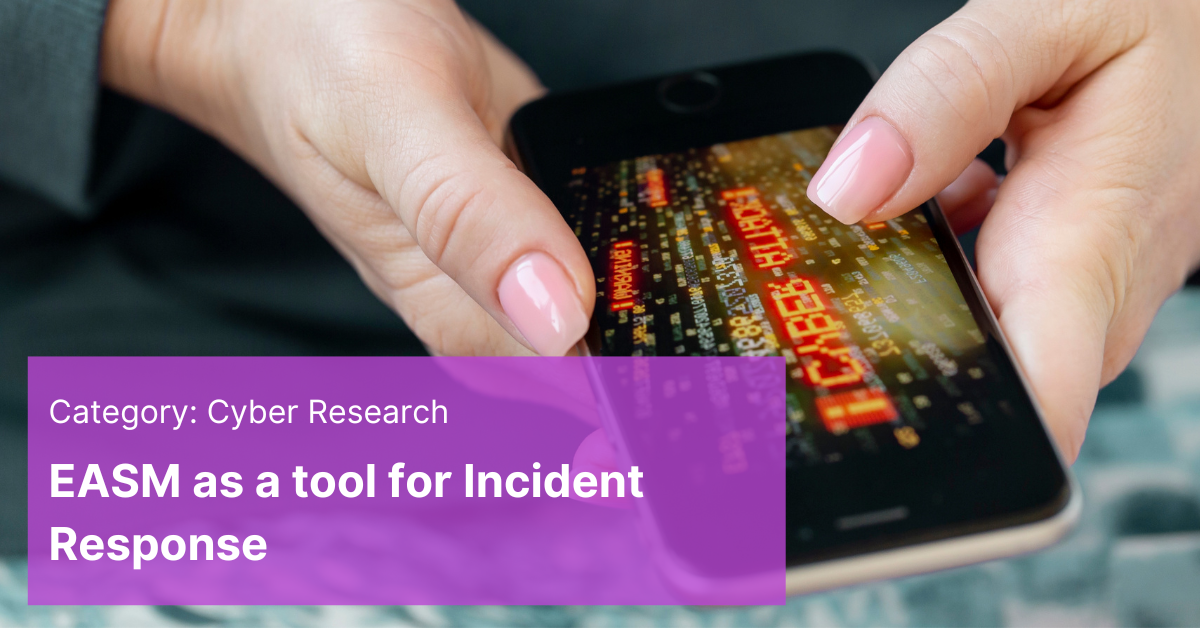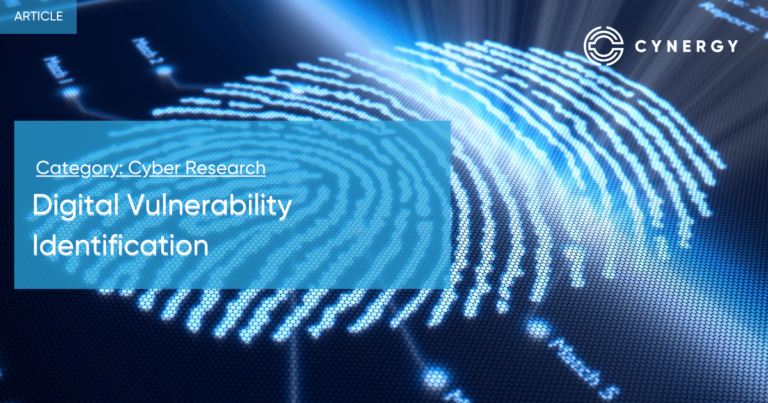Incident response is a crucial part of any organization’s cybersecurity strategy, as it involves identifying, analyzing, and responding to security incidents or breaches in a timely and effective manner. This helps to minimize the impact and disruption caused by security incidents and to restore normal operations as quickly as possible. External attack surface management (EASM) can be a valuable tool for incident response, as it provides real-time visibility into the security posture of external partners, vendors, and suppliers, helping organizations to identify and respond to incidents more quickly and efficiently.
Leveraging EASM for Efficient Incident Response
1: Real-time Detection and Alerting of Potential Incidents
One of the main benefits of EASM for incident response is its ability to detect and alert organizations to potential incidents. By continuously monitoring the external attack surface, EASM can identify anomalies and potential threats that may indicate a security incident. This includes identifying software and hardware vulnerabilities, as well as misconfigurations and other weaknesses that could be exploited. By providing real-time alerts and notifications when potential incidents are identified, EASM can help organizations to respond more quickly and effectively.
2: Assessing and Classifying Incidents for Prioritized Response
Another benefit of EASM for incident response is its ability to assess and classify incidents. Once a potential incident has been detected, EASM can analyze it to determine its type, severity, and potential impact. This information can then be used to prioritize the response and take the appropriate action. For example, if an incident is deemed to be of high severity and likely to cause significant damage, EASM may decide to isolate the affected system or shut it down to prevent further damage.
3: Automated Incident Response and Mitigation Strategies
EASM can also help organizations to respond to incidents in a variety of ways. This could include blocking the threat, quarantining it, or taking other measures to mitigate the risk. In some cases, EASM may also be able to automatically fix the issue, eliminating the need for manual intervention.
4: The Importance of Speed and Efficiency in Incident Response
The speed and efficiency of EASM can be particularly valuable in incident response. By automating the process of detecting, analyzing, and responding to incidents, EASM can significantly reduce the time and resources required to address security incidents. This is especially important in the case of fast-moving or highly sophisticated incidents, which may require a rapid response to prevent significant damage.
5: Challenges and Limitations of EASM in Incident Response
However, there are also some potential challenges and limitations to consider when using EASM for incident response. One potential issue is the need for accurate and up-to-date data. EASM algorithms rely on large amounts of data to identify and assess incidents, and if the data is not accurate or comprehensive, the algorithms may not be able to effectively detect and respond to incidents. It is therefore important for organizations to ensure that their data is accurate and up-to-date and to update and improve their data sets continuously.
6: Ensuring Accurate Configuration and Data Quality
Another challenge is the potential for false positives, where the EASM platform identifies a potential incident that does not exist. This can be frustrating for organizations and can lead to unnecessary effort and resources being spent on addressing the issue. To mitigate this risk, organizations need to ensure that their EASM platform is accurately configured and that the data used to assess incidents is of high quality.
7: Cynergy’s Next-Generation EASM Platform: Minimizing False Positives and Enhancing Security
Overall, EASM can be a valuable tool for incident response, helping organizations to quickly and effectively identify, assess, and respond to security incidents. Its ability to detect and alert organizations to potential incidents, as well as assess and classify incidents, can be especially useful in helping organizations to prioritize their response and take the appropriate action. Additionally, the speed and efficiency of EASM can be a major advantage in addressing fast-moving or sophisticated incidents. However, organizations need to ensure that their EASM platform is accurately configured and that their data is accurate and up-to-date to effectively mitigate the risks associated with third-party vulnerabilities. By leveraging the capabilities of EASM, organizations can better protect themselves against security incidents and ensure the security and integrity of their operations.
Conclusions
At Cynergy, we have created a next-generation of external attack surface platform that reduces false positives by validating the accuracy and connection to the organization at hand. To avoid biased judgment and add our supervised AI model, when needed to provide quality data for training, this way we keep our clients safe and help SOC teams to effectively investigate the root possible root cause of a cyber incident as a retrospective of the organization’s external exposure and risks.






